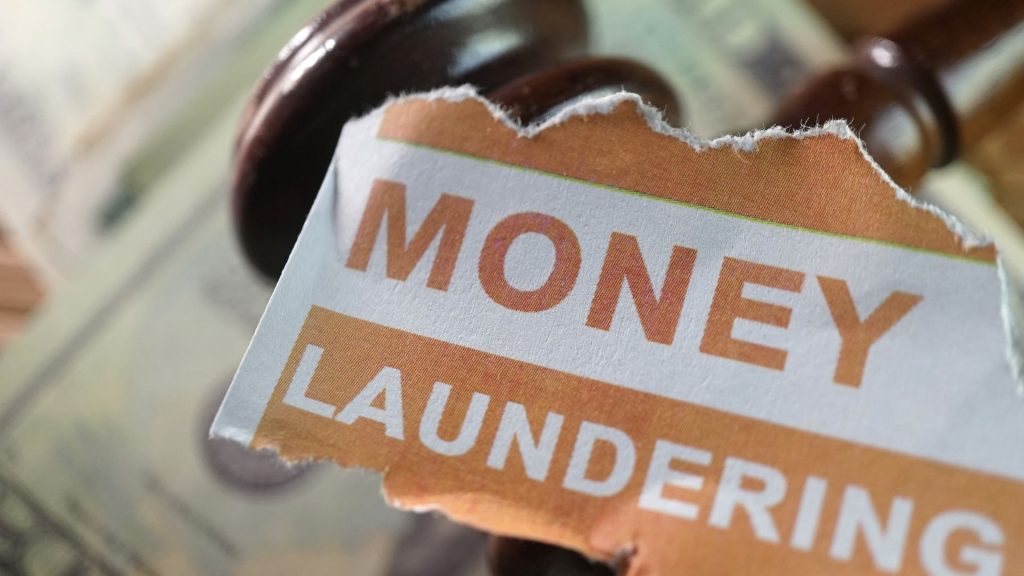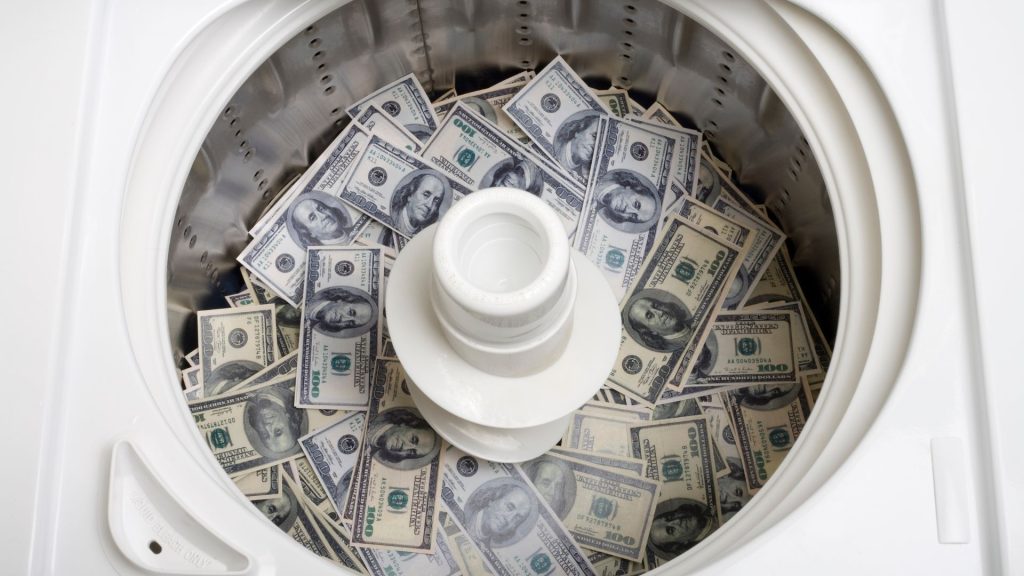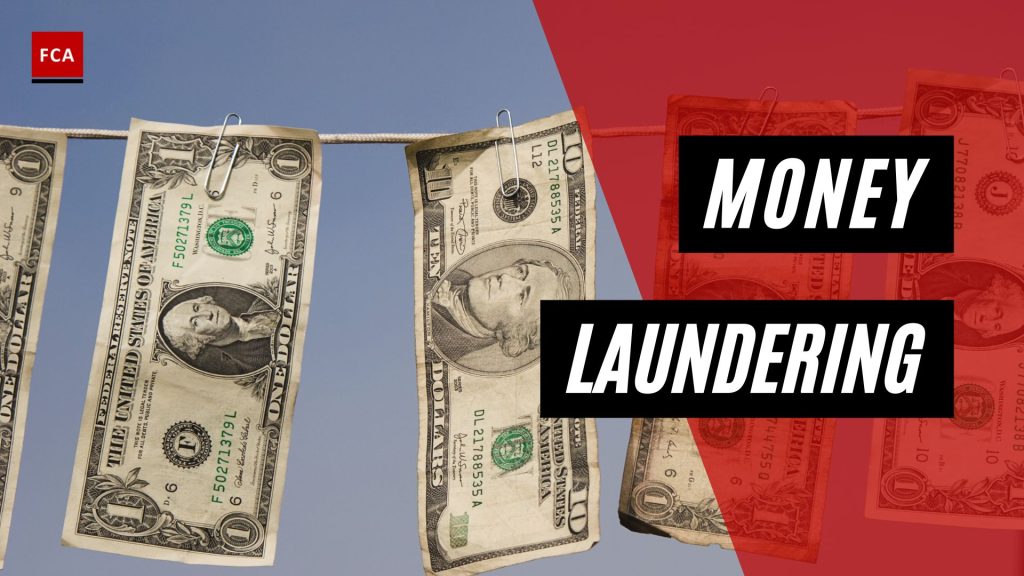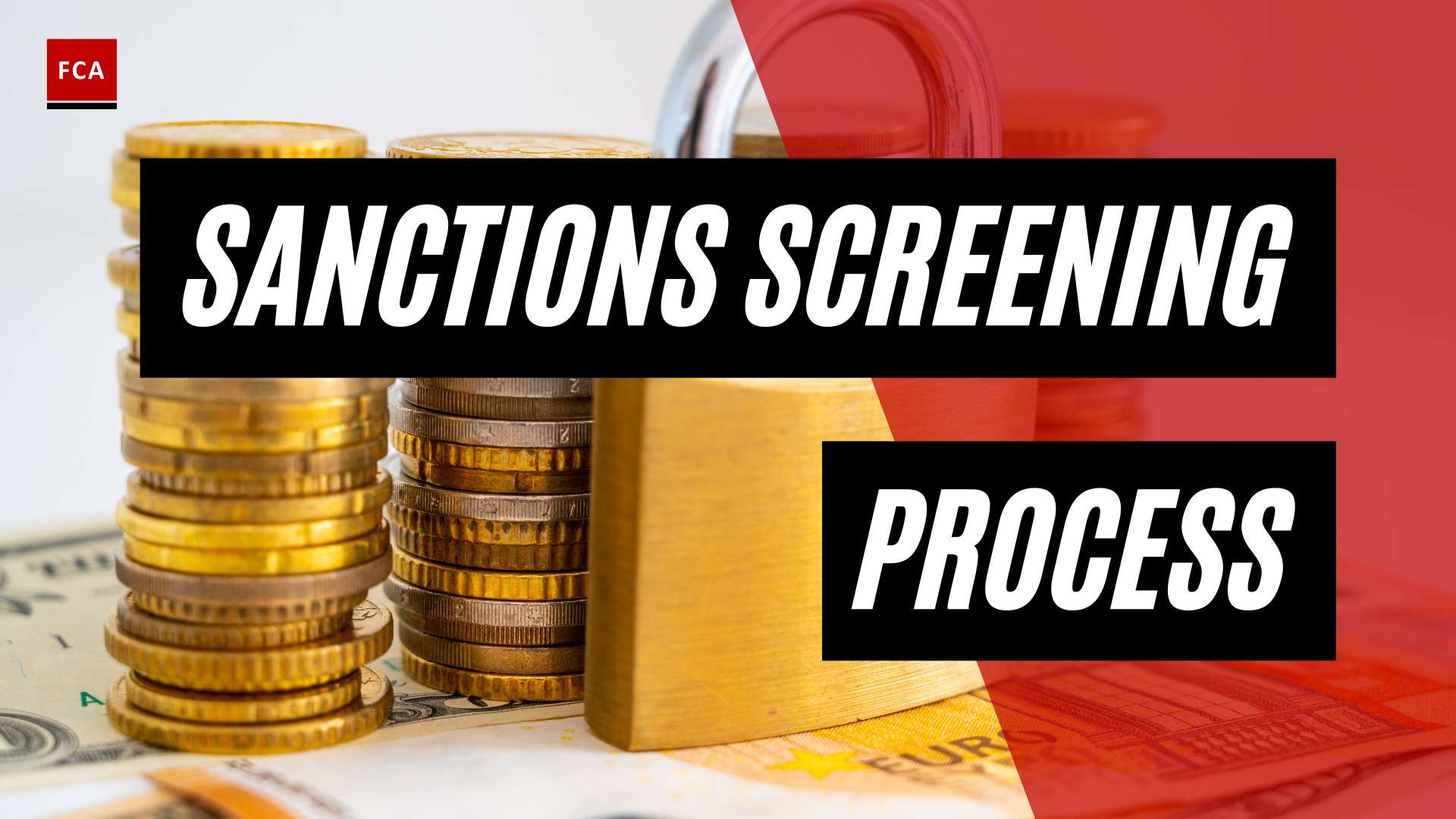Money laundering is the process of concealing the origin, ownership, or destination of illegally obtained funds by passing them through a legitimate financial system. It involves a series of complex transactions that are designed to obscure the source of the funds and make it appear as though they were obtained through legal means.
INTERPOL defines money laundering as the process of hiding or falsely portraying the source of earnings gained illegally to make them appear to have originated from legitimate sources. The German Criminal Code made it straightforward by describing money laundering as hiding assets acquired unlawfully.
What is Money Laundering?
Money laundering refers to various actions intended to hide the source of illegal gains and integrate them into the legal economy. Money laundering is the method of washing dirty money to make it seem clean. Corrupt establishments and other criminals use money laundering tactics to cover up the genuine origins of income.
As a result, they may avoid being discovered by law police and easily use their incomes. Most unlawful businesses need money laundering, but the specifics of how it is done vary greatly. Small-time criminals employ simpler tactics, whereas large drug trafficking groups and dishonest public officials employ intricate multijurisdictional layering methods.

Every year, significant sums of money are generated via illegal activities, including drug, human, and weapon trafficking, as well as tax and financial fraud. The majority of these earnings are in cash. “Money mules” are individuals who criminals use as their means of moving illicit assets. Thirty percent of money mules detained in the UK were younger than 21 years.
According to the UN Office on Drugs and Crime, 2 to 5 percent of the world’s GDP is laundered annually. It is a widespread epidemic that begins with the acquisition of illicit cash through unlawful activity carried out through banks and commercial enterprises. Money laundering ultimately negatively influences the economy of nations, corporations, and banks.
Money laundering typically involves the involvement of financial institutions to make money seem to have originated from a genuine source. Instead of transferring a sizable sum of money at once at a bank, a money launderer will shift smaller sums over time to avoid raising suspicion. Moving money earned illegally to a nation with poorly enforced laws against money laundering is possible, although doing so typically requires crossing international boundaries.
It is common practice to launder money by establishing a legitimate firm, or “front,” and inflating daily profits. The company mixes illegal revenue with legal dollars to hide the origin of the filthy money. The company mixes legitimate and criminal income by fabricating earnings, making it impossible to distinguish between them.
Criminals create businesses that often deal with large amounts of money, such as restaurants or tattoo parlors, and employ them as fronts for selling narcotics and laundering funds from other illegal activities. The “earnings” can be deposited into legal accounts each day. The front business may overpay for supplies and services, including rent, to conceal kickbacks.
Why Do They Launder Money?
Drug smuggling operations and other organized criminal enterprises typically experience financial problems due to the vast amounts of money they collect and are forced to conceal to avoid being investigated by the law. The beneficiaries of such vast sums of money wish to avoid having to declare it as income and face enormous tax obligations.
Criminal organizations devise methods of “laundering” the money to hide the fact that it was gained via unlawful means to cope with the issue of having several million dollars in cash earned through illicit operations. Money laundering, in essence, tries to conceal money obtained illegally by integrating it into a recognized financial system, like a bank or company.
Money Laundering Cycle
The money laundering cycle may be divided into three stages; nevertheless, remember that it is one single process.
The stages of money laundering:
- Placement Stage
The placement step is the entry point for “dirty money” or illegal profits into the financial industry. Generally speaking, this procedure accomplishes two things. First, it frees the criminal from having to keep and safeguard huge quantities of money, and second, it gets the money into the legitimate financial system. It is more probable that money launderers will be discovered during the placement stage because officials could become suspicious if large sums of money were deposited into the established banking system.
Where to invest the proceeds of crime has several alternatives. For instance, money may be concealed in a backpack and trafficked into a country. The criminal could also use smurfs to evade capture and get over-reporting threshold laws. Some other methods could be gambling, currency exchange, loan payments, etc.
You might be wondering what smurfs are. The Smurfs approach is commonly used in the placement step for repurposing money. This method uses many people who trade little, less noticeable sums of unlawful money for highly liquid things like traveler’s checks, bank draughts, or money put straight into savings accounts. The launderer then starts the layering stage after receiving these instruments.
- Layering Stage
The most difficult stage, layering, typically entails cross-border money transfers. The major objective of this step is to remove illegal payments from their source. The audit trail is concealed, and the link to the original crime is severed because of the deft stacking of financial transactions.
Money launderers may begin electronically shifting money from one country to another to escape discovery, then split it into ventures in cutting-edge financial services or international markets. They may exploit any legal loopholes or discrepancies along with breakdowns in the judiciary’s or police’s cooperation at each level.
- Integration Stage
The final stage of the money laundering process is integration. During the integration phase, the offender receives the money back from what seem to be reputable sources. After being stacked via several financial transactions, the criminal gains were first placed as cash and are now fully integrated into the financial system and are available for use in any way.
This stage’s objective is to connect the money with the offender in a covert manner that appears to originate from a legitimate source. There are various ways to reconnect the criminal with the money that has been cleaned up. For instance, purchasing pricey items like real estate, fine art, jewelry, or vehicles is a common way for money launderers to benefit.

Final Thoughts
Money laundering is the process of disguising the proceeds of illegal activities as legitimate funds. This involves a complex series of financial transactions, designed to make it difficult for authorities to trace the origin of the funds.
Money laundering is typically carried out in three stages: placement, layering, and integration. During the placement stage, cash or other assets are introduced into the financial system. During the layering stage, the funds are moved through a series of complex transactions to make it difficult to trace their origin. Finally, during the integration stage, the funds are reintroduced into the economy in a legitimate form.
Money laundering is a serious crime that can have significant economic and social consequences. It can be used to finance terrorism, drug trafficking, and other criminal activities. To combat money laundering, governments around the world have implemented a range of laws and regulations, including mandatory reporting requirements for financial institutions and enhanced due diligence measures.








